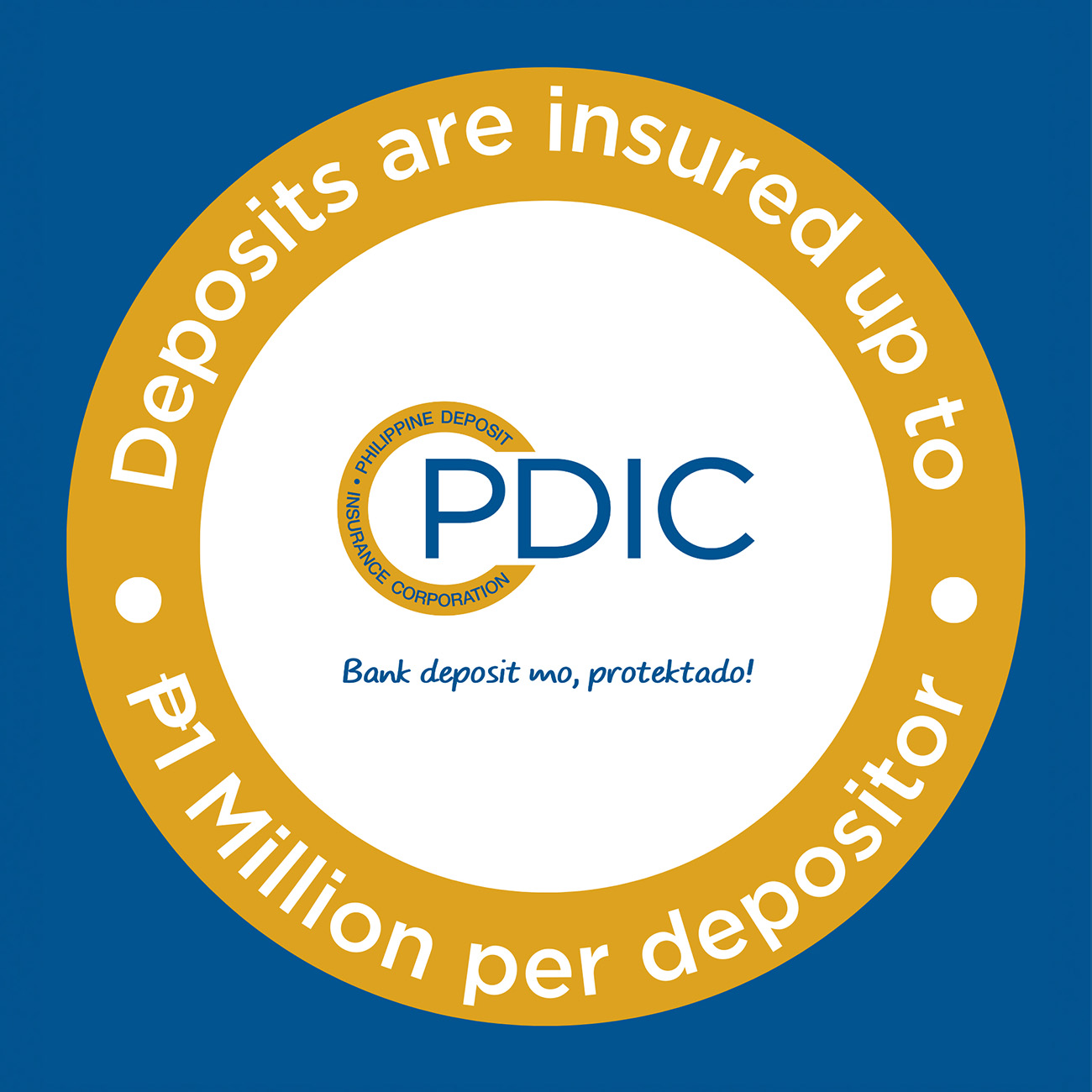Text scamming is now more prevalent than ever. Dangerous text messages come from scammers engaged in smishing (SMS phishing) who often disguise themselves as your bank. They trick you into either revealing personal information or giving away money. Such messages may seem urgent and enticing, which is why many fall for the trap.
Here are three things you can do when receiving suspicious messages:
When you see a message that comes with a link, don’t tap it. The Bangko Sentral ng Pilipinas (BSP) prohibits banks from including links in SMS messages, whether legitimate or not, to safeguard clients from phishing attacks.
The BSP warns that tapping on such links can lead to automatic downloading of malware (malicious software) or to questionable websites that may get your personal information.
Once scammers have your information, they can use these to make unauthorized purchases and balance transfers.
Remember that banks like BPI will not engage with clients by placing links in their SMS messages.
A fraudulent SMS message where the lowercase “L” was made to replace the uppercase “I” in “BPI” to make it look legitimate..
Make sure that the Sender ID is correct. Scammers often trick customers by sending messages that mimic real sources.
When in doubt about the SMS received, call your bank to report the message and to verify the information.
If you’re a BPI client, call the Bank’s Contact Center at (02)-88910000 (Metro Manila) or 1-800-188-89100 (provincial toll-free) and press 5 when prompted to report fraud incidents.
You may also report the incident through BPI’s official social media channels. Make sure you see their respective verified badges.
- Facebook: Tap the Messenger button on the official BPI page.
- X (formerly Twitter): Tap the envelope icon on @TalktoBPI
BPI’s official Facebook page with the Messenger icon highlighted
@TalktoBPI, the Bank’s official X account, with the envelope icon highlighted
Staying vigilant against smishing, phishing, and other social engineering attempts can save you from fraud. If you’re unsure, it’s always better to pause and check for any red flags, in order to keep both your personal information and hard-earned money safe.

When is the Best Time to Apply for a Loan?

How to Choose Between a Higher Downpayment vs. a Longer Loan Term



